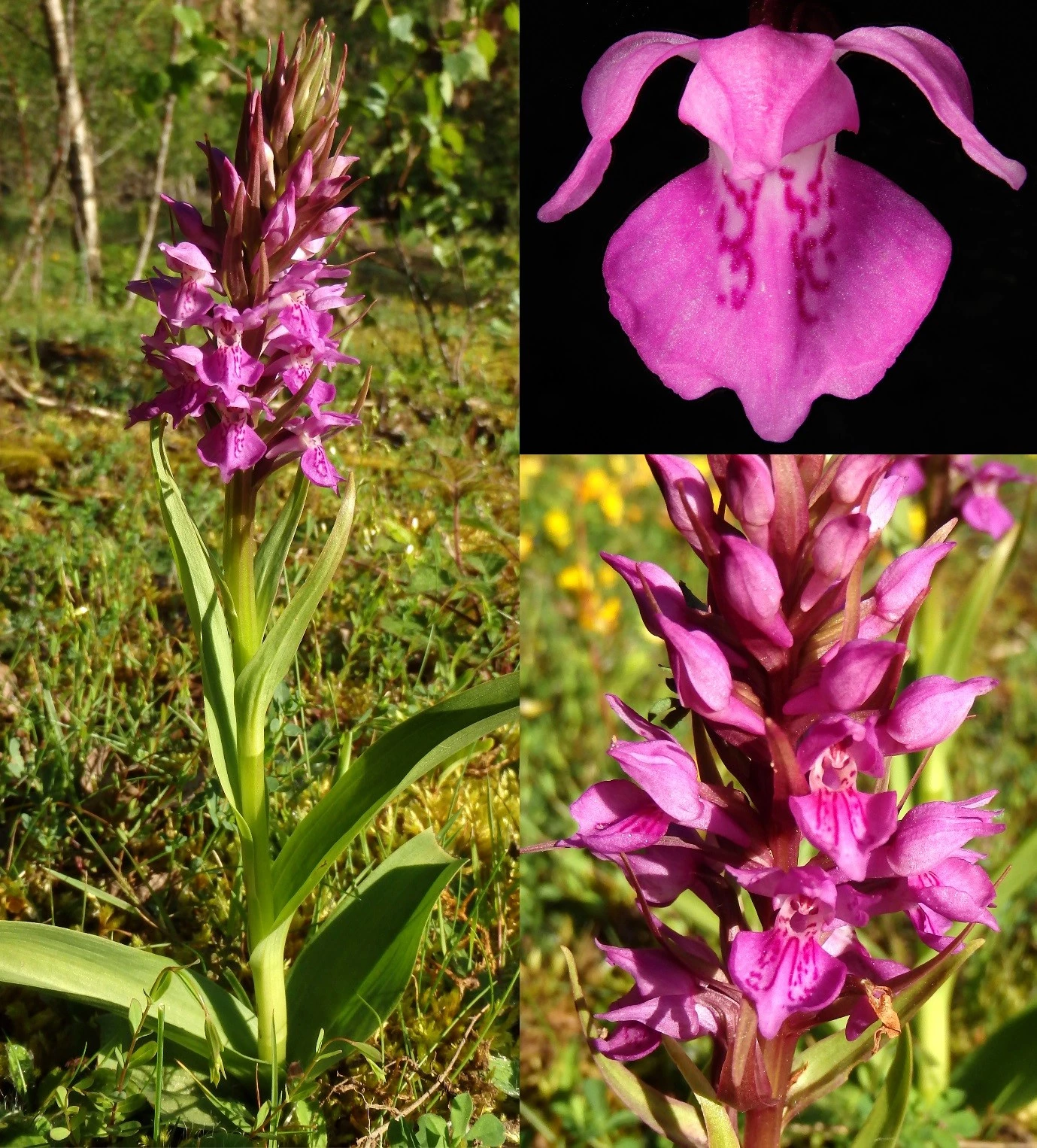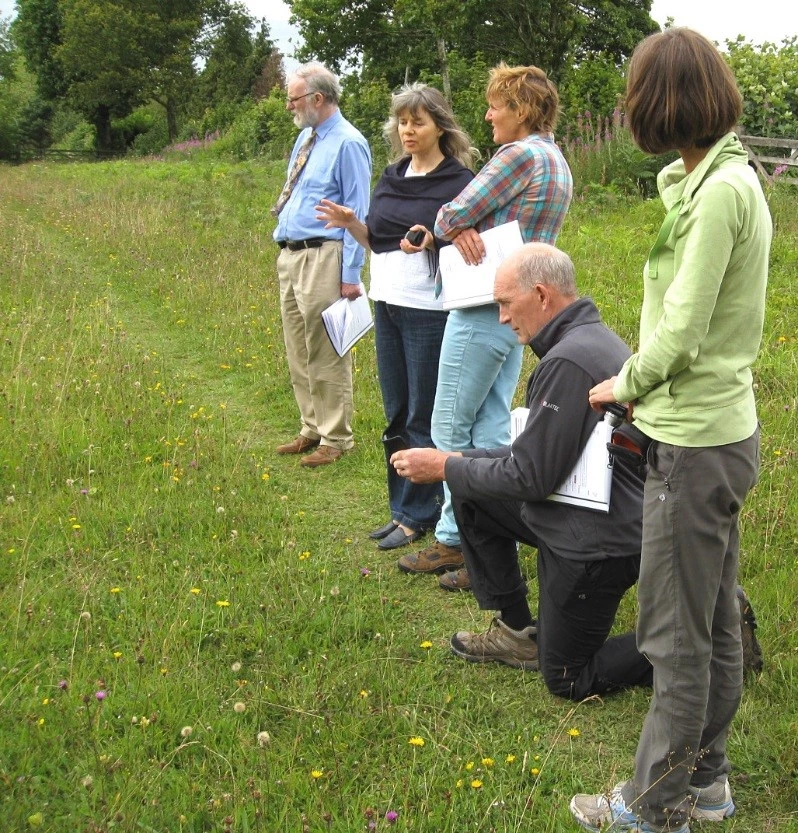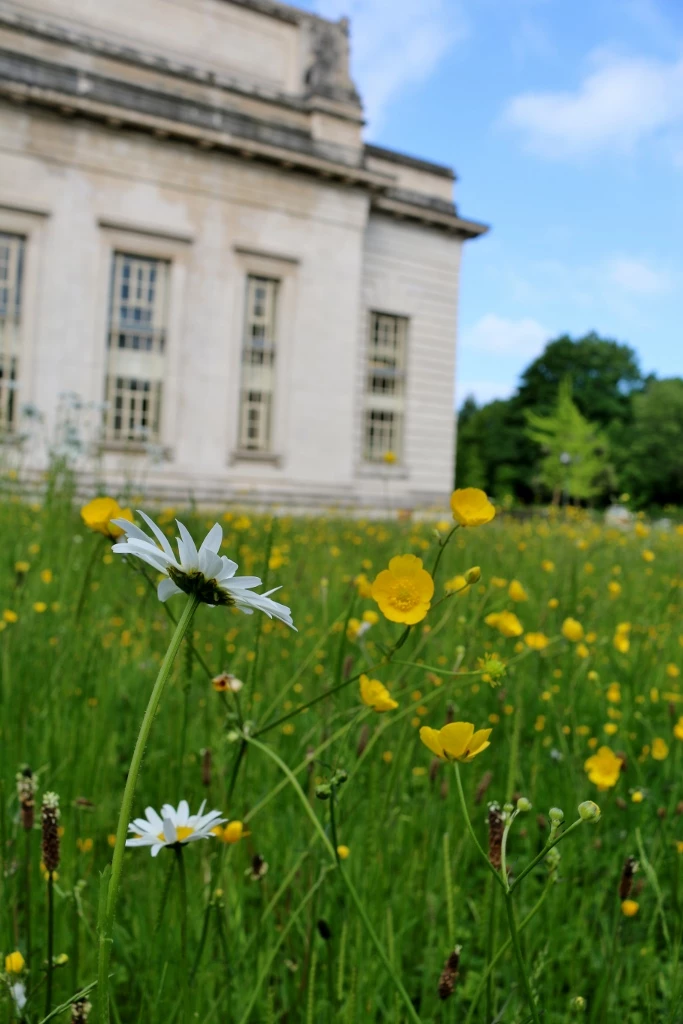Protecting Meadow Plants in Wales
, 20 September 2016
During past decades changes in land use over large areas have resulted in a significant loss of natural grasslands and meadow flowers, and thus food resources and habitats for insects. The number of pollinator species has declined dramatically and this poses a threat to the pollination of commercial crops.
The Welsh Government’s Action Plan for Pollinators has resulted in a number of initiatives by local authorities and projects by charitable organisations to promote actions for increasing the areas that can sustain meadow habitats. In many places, including public parks and road verges, wild flower areas have been established to improve local environmental quality and provide suitable habitats for pollinators. This would hopefully lead to an increase in biodiversity in Wales, with more diverse plant and animal communities.
To support these initiatives and efforts by local authorities the Department of Natural Sciences of Amgueddfa Cymru – National Museum Wales offers workshops utilising its collections and knowledge. The Botany Section held a meadow plants identification workshop for Torfaen County Borough Council staff. The day began with an introduction to meadow plants, meadow ecology and pollination. This was followed by a hands-on session looking at flowers commonly found in meadows with the aid of microscopes. The workshop was lively and interesting and catered for a range of botanical experience.
To help identification we provided an information pack for over 60 meadow plant species. It contains descriptions and illustrations of species and information about their ecology and distribution in the British Isles.
The workshop ended with a visit to New Grove Meadows in Monmouthshire which are owned and managed by the Gwent Wildlife Trust, and which are very good examples of local, well-established and species rich wildflower meadows.
Amgueddfa Cymru’s sites support diverse Welsh habitats, which include wildflower meadows. Recently, we have transformed a corner of our most urban site, Amgueddfa Genedlaethol Caerdydd-National Museum Cardiff, into a meadow and a place wildlife can thrive. This Urban Meadow and City Bees project aims to draw attention to the need for green spaces for pollinators in urban areas. The meadow is not only a good source of nectar and pollen for the bees occupying the three beehives on the Museum roof, but is also an outside learning area to inspire new meadow advocates.





